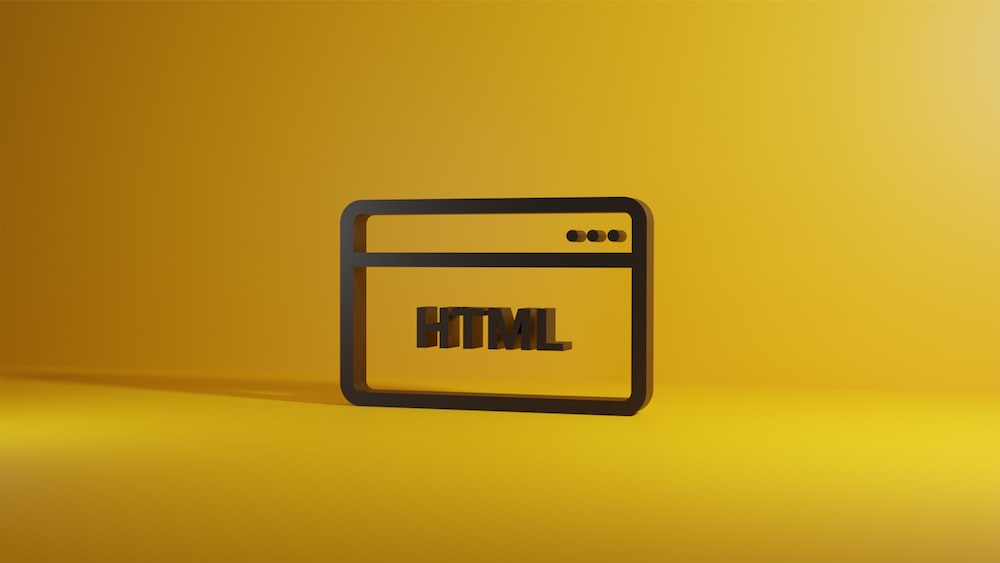How to Use the CENTER HTML Tag to Align Text in the Center of a Web Page
The HTML tag is used to align text in the center of a web page. To use this tag, simply place the opening and closing tags around the text you wish to center. For example:
This text will be centered on the page.
The tag can also be used with other HTML elements such as images, tables, and lists. For example:
<img src="example_image.jpg" alt="Example Image" />
When using this tag with other elements, make sure to include both opening and closing tags around each element for proper alignment. Additionally, it is important to note that the tag has been deprecated in HTML5 and should not be used in new documents; instead use CSS styling techniques such as margin or padding properties for centering content on a web page.
How to Use CSS Flexbox and Grid Layout for Centering Text in HTML
CSS Flexbox and Grid Layout are powerful tools for centering text in HTML.
Using CSS Flexbox, you can center text by setting the display property of the parent element to flex and then using the justify-content property to set it to center. For example:
<div style="justify-content: center;"> This text is centered. </div>
Using CSS Grid Layout, you can also center text by setting the display property of the parent element to grid and then using the place-items property to set it to center. For example:
<div> This text is centered. </div>
Exploring Different Ways to Center Text with HTML Tables
HTML tables can be used to center text in a variety of ways. The most common method is to set the table’s width to 100% and then set the alignment of the text within the table cells to “center”. This will cause all content within the table cells to be centered horizontally.
Another way is by setting a fixed width for the table and then using margin: 0 auto; on it. This will cause any content inside of it, including text, images, or other elements, to be centered horizontally.
A third option is by using CSS flexbox. Flexbox allows you to easily center elements both vertically and horizontally without having to use tables or margins. To do this, you would need to create a container element with display: flex; and then set justify-content: center; on it. Any content inside this container element will now be centered both vertically and horizontally without needing any additional code or markup.
Finally, you can also use HTML tables in combination with CSS positioning techniques such as absolute positioning or relative positioning in order to achieve more complex layouts that require centering text in specific areas of a page layout.
Tips for Making Sure Your Text is Always Centered on Mobile Devices Using HTML
1. Use the HTML tag: The tag is used to center-align text or images on a web page. This tag is supported by all major browsers and can be used to ensure that your text is always centered on mobile devices.
2. Use the CSS text-align property: The CSS text-align property can be used to set the alignment of any element, including text, on a web page. To ensure that your text is always centered on mobile devices, you should set this property to “center” in your stylesheet.
3. Use Flexbox: Flexbox is a powerful layout tool for creating responsive designs that work across all devices and screen sizes. By using flexbox, you can easily ensure that your content remains centered regardless of device size or orientation.
4. Use media queries: Media queries are an important part of responsive design and allow you to create different styles for different screen sizes and orientations. By using media queries, you can create specific styles for mobile devices which will ensure that your content remains centered at all times when viewed from these devices


